
How To: Make tandoori chicken on the grill
You may never have thought of barbeque and Indian food going together, but in this video you will learn how to make tandoori chicken cooking on the grill.


You may never have thought of barbeque and Indian food going together, but in this video you will learn how to make tandoori chicken cooking on the grill.
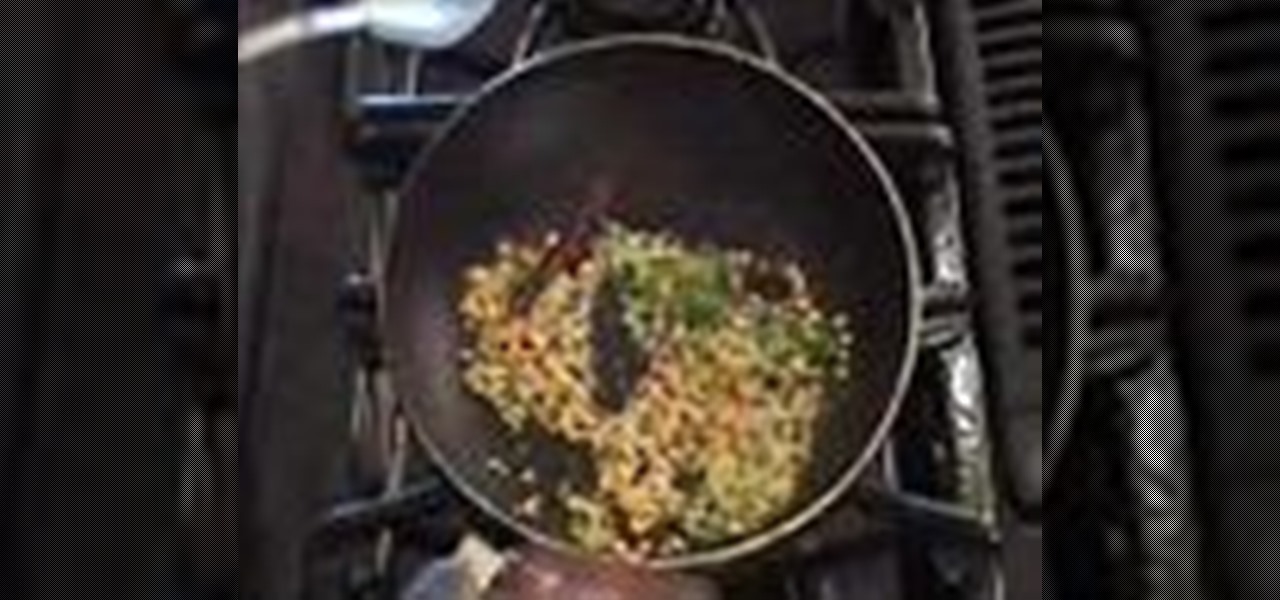
Yogurt rice (also called curd rice) is an all time favorite comfort food and a wonderfully soothing end to a spicy Indian meal. See how to make yogurt rice and get rid of all those rice leftovers in the fridge!

Crab cakes are a wonderful food often only made for special occasions or available seasonally - but it doesn't have to be! See how to make Alaskan crab make into cutlets indian style with Indian flavors.

Fish Fingers don't have to come from the grocery freezer section or fast food restaurant. Learn how to make fish fingers (fish sticks) at home and in Indian style!
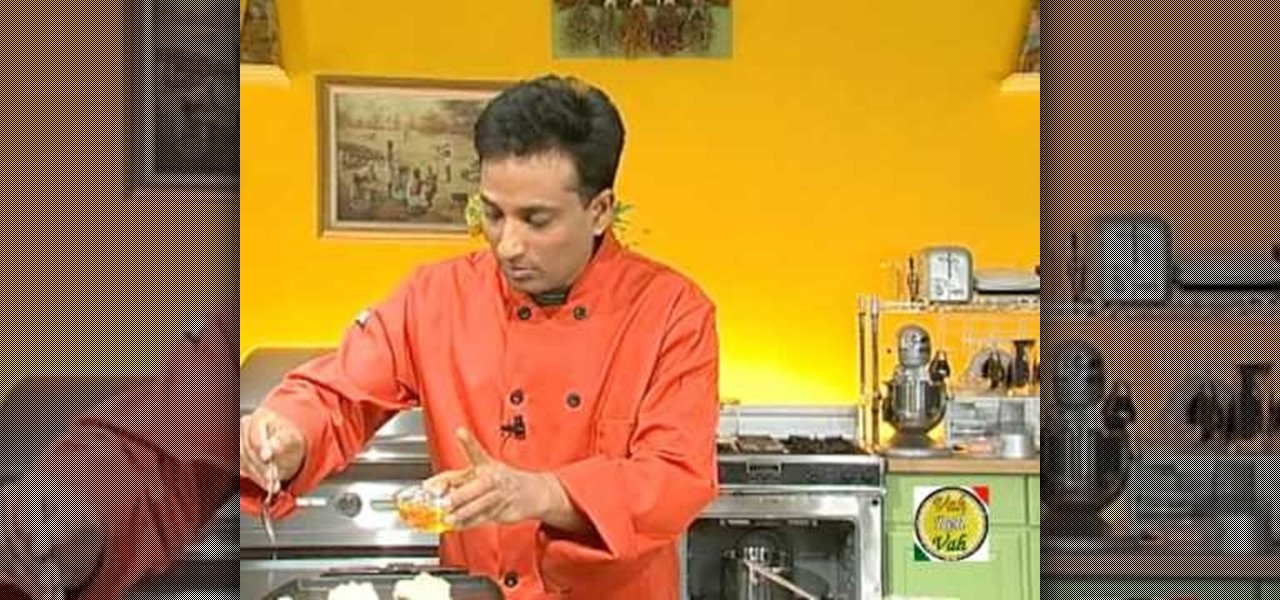
Banana Dosai is an Indian pancake with banana and is another Indian festival food. It can be used as a dessert or an appetizer (we think it sounds perfect for breakfast!) and is actually very healthy.

Tandoori Chicken is a classic Indian dish which if you like Indian food, you probably have had many times. In this video you'll learn to make it at home.

Learn how to make dosa dosai (Indian crepe with potato stuffing). It's a common Indian breakfast food that goes great with coconut chutney.
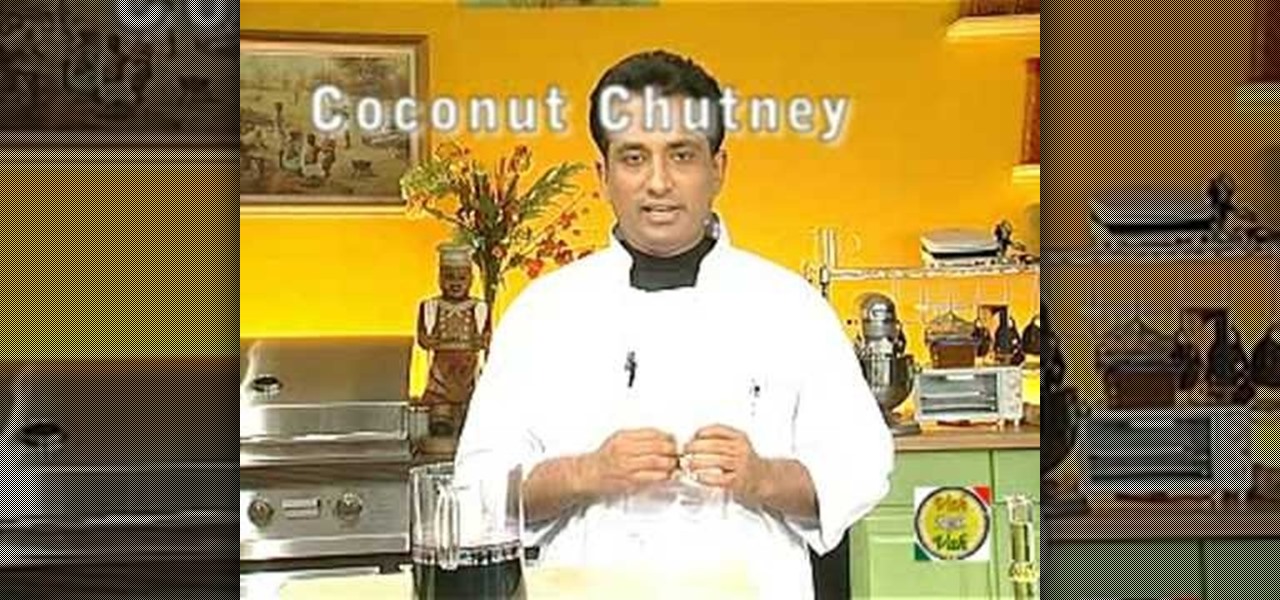
Many of us probably associate coconut mostly with dessert or dinner, but rarely breakfast. In this video you will learn how to make coconut chutney from raw coconut which is a must have for Indian breakfast food like dosai and a healthy easy way to start your day.

Rasam is a famous South Indian food that goes great over rice. This video explains how to make a very basic rasam and then add your own tastes to it - get creative!

Raw foods Chef Ani Phyo makes a raw, vegan Spanish breakfast scramble with nuts, spices, and vegetables.
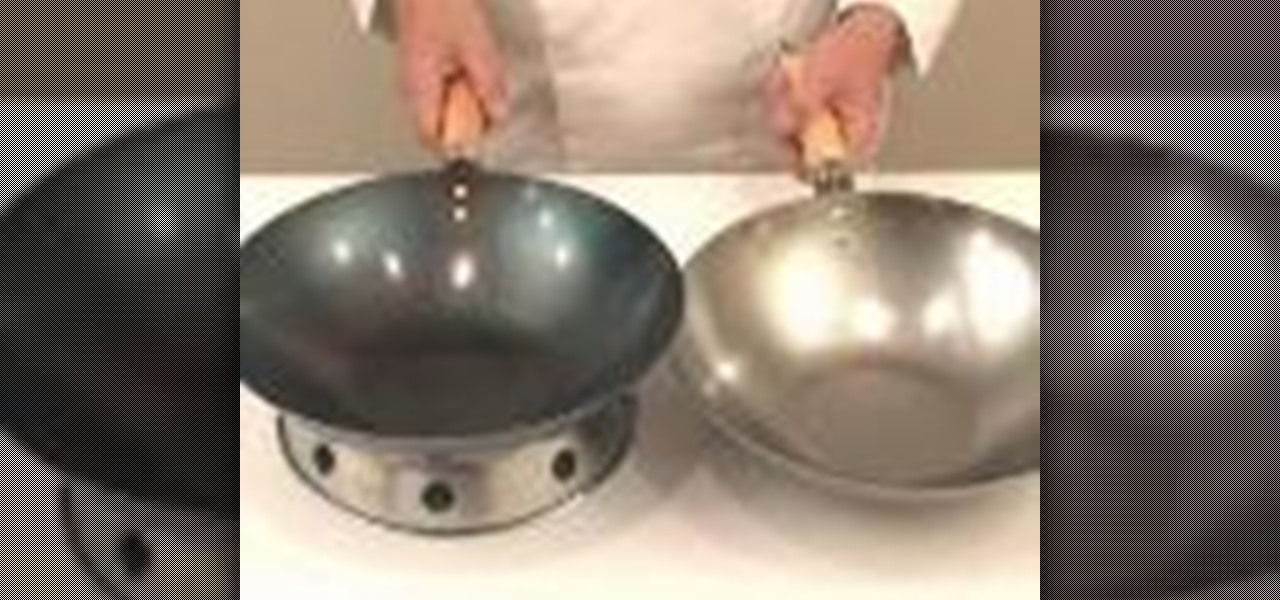
Segment on how to season a metal untreated wok from the Master Chef Apprentice Training Package. Brought to you by WokFusion, this tutorial addresses the skill and preparation that must go into preparing Chinese food.

ANG Food Editor Jenny Slafkosky shows you how to use a salt crust to create moist fish that surprisingly doesn't taste salty!

Skewer shrimp on the grill. She uses bamboo skewers, large prawns and a common grill. ANG Food Editor Jenny Slafkosky shows us how to properly skewer shrimp.

Did you know that there is enough fat and oil in most chips that they can be lit on fire? See how a potato chip (or similar chip) can be used to start a fire in a survival situation in this instructional video. Just don't burn up all your food.

Who says you can only get Homer's favorite food in Springfield? In the first part of this tutorial, you'll learn how easy it is to make a plain cartoon style (specifically Simpsons style) doughnut using CINEMA 4D. In part two you'll slather it with icing.

Gomi Style shoes us how to cook skewered food with plumber's torch. It burns cleaner that wood. Then they use cheese puffs as fuel to cook a pot full of rice.

Obleck is a mixture that defies Newton's third law and kids will love it! Ingredients you will need are 1.5 cups of corn starch, 1 cup of water, and food coloring which is optional. After mixing, if the mixture is too thick, add more water. If the mixture is too runny, add more corn starch.

Robert Jackson shows how to deal with a sore gum. Using dental floss, Robert shows a quick and easy tip for combating a sore gum due to trapped food within the gums.

Decadent chocolate fondue tastes great when paired with fruit, angel food cake, ladyfingers, and pretzels. Chocolate fondue was invented at the Chalet Swiss Restaurant in New York City in the 1950's. The ingredients you will need are heavy whipping cream, chocolate (semi-sweet and chocolate morsals are the most popular) and kirsch or cherry brandy.

How do you bring the maximum color to your veggies in the minimum amount of time? Blanching food, or parboiling, yields crisp, colorful vegetables that Oodleboxtv culinary cutie Dani Luzzatti prefers to call crudités.

Racing in the Iditarod? All you need to keep your pack of dogs running is a 14 pounds of tripe, a paddle, some hot water, and a barrel of dogfood. Mush!
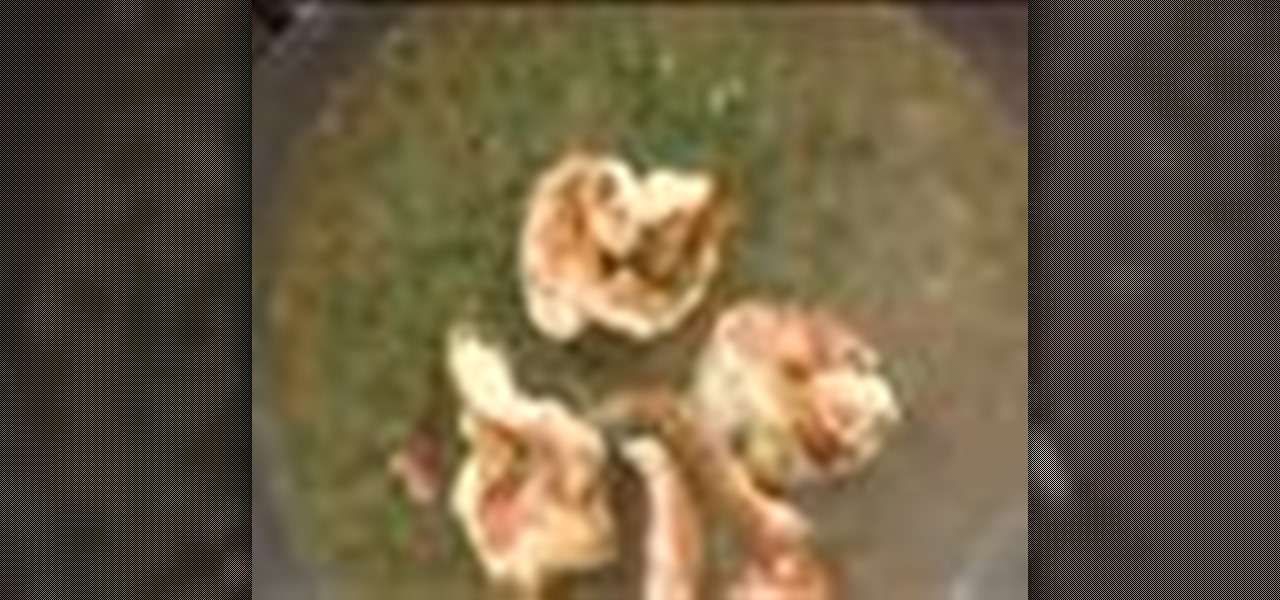
In a quest for fresh seafood, Chef Paul and Tom visit a street market in New Orleans. The experience is a new one for Tom, who usually purchases fish from the frozen-food aisle. Chef Paul shows us in this video how to prepare smothered crawfish "etouffee" and sautéed Shrimp with Tequila Sauce and Mango Salsa

Yes, we know cooking broccoli is a pretty basic skill and you probably know one way to do it already, but let us ask you: Do you actually ENJOY eating that broccoli? If not, then it's prime time to give some new cooking methods a try. Mentioned in this food tutorial are several methods for heating up this cruciferous vegetable, including adding water to it (steaming), putting it on the stovetop, and even throwing it in the microwave.
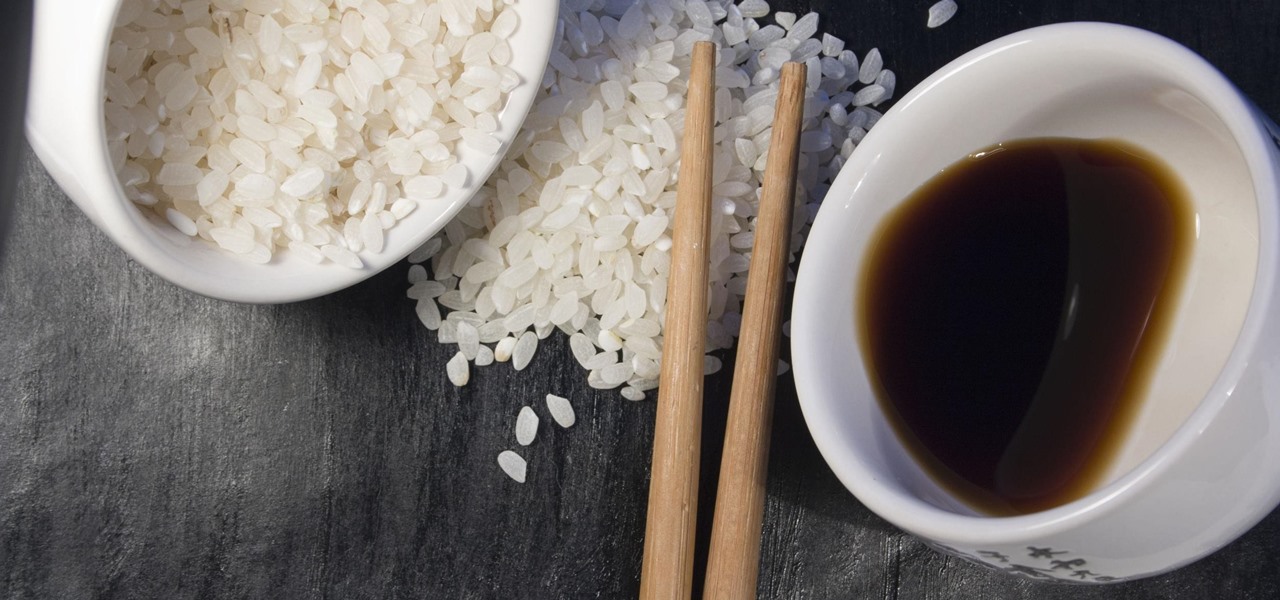
Koji is a culture made up of a certain fungus (mold) called Aspergillus oryzae, which has been used to ferment rice and soybeans in Japanese, Chinese, and Korean kitchens for centuries. Koji can actually have other involved fungi, but Aspergillus oryzae is the most common, and therefore the names can be used interchangeably. Its end purpose is to enhance the flavor of items like soy sauce, sake, and miso.
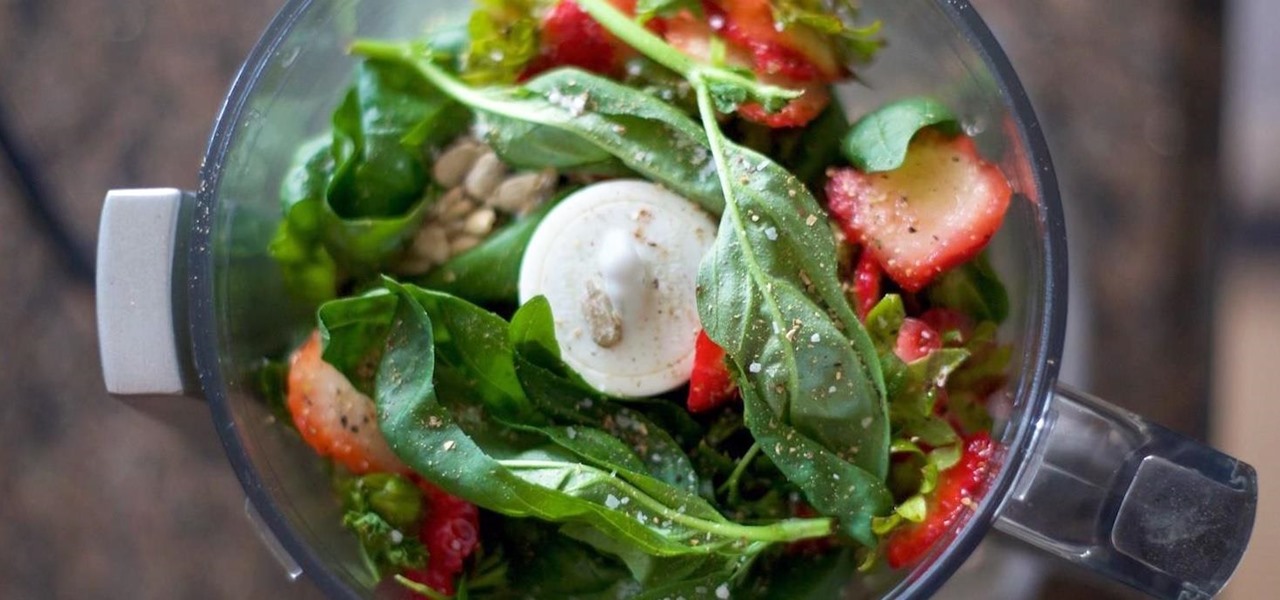
We're year-round pesto eaters. We eat pesto outdoors in the summertime on a light pasta with a glass of rosé. We eat pesto in the wintertime by the fire atop a bowl of soup with a warm mug of tea. We eat pesto with scrambled eggs for breakfast, pesto-slathered sandwiches for lunch, and baked pesto chicken for dinner.
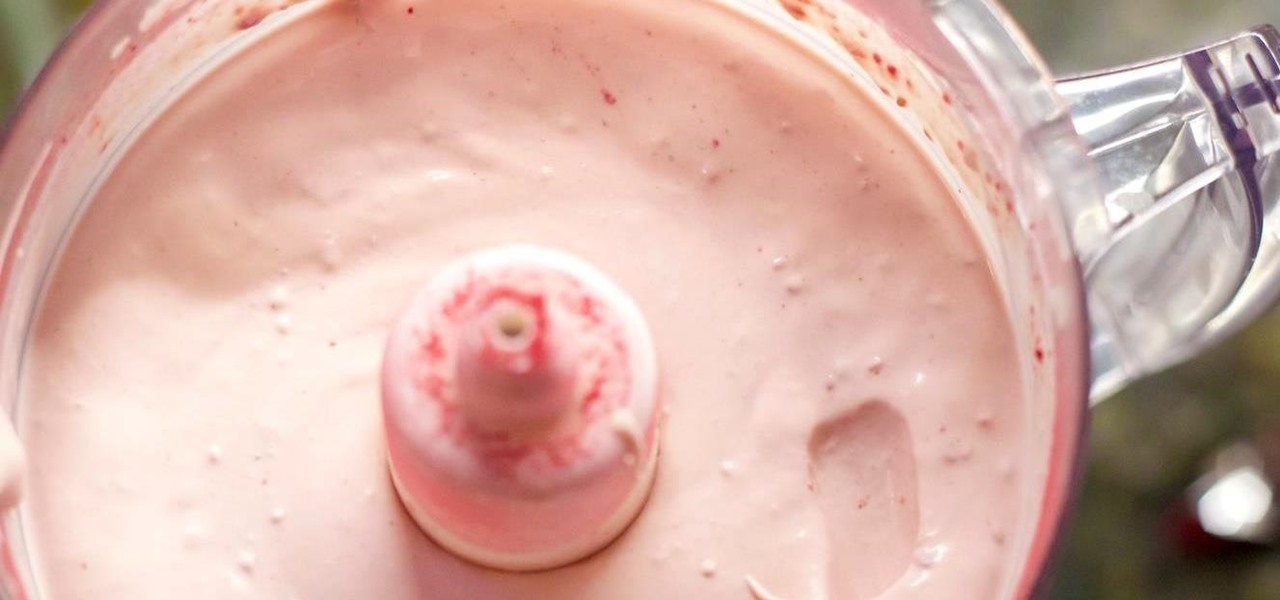
We're wild for whipped cream in our coffee, atop our brownies, and in-between wafer cookies, so we always have some in our fridge. To be specific, we always have homemade whipped cream in our fridge, because the taste is just so much better than the pre-made stuff.
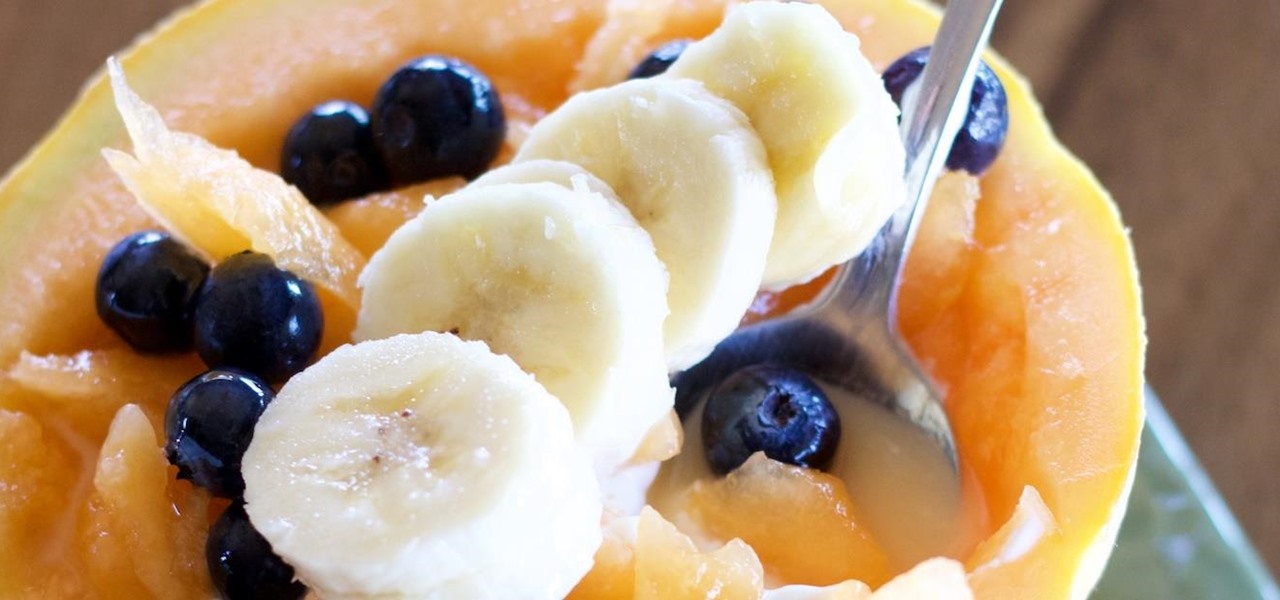
Edible bowls are glorious for plenty of reasons. They create fewer dishes, they're pretty to look at, and, well... you can eat them. There are many different options out there you can choose, like bacon cups, hollowed out apples, and molded hash browns, but these are 6 personal favorites of ours to use as edible food vessels.
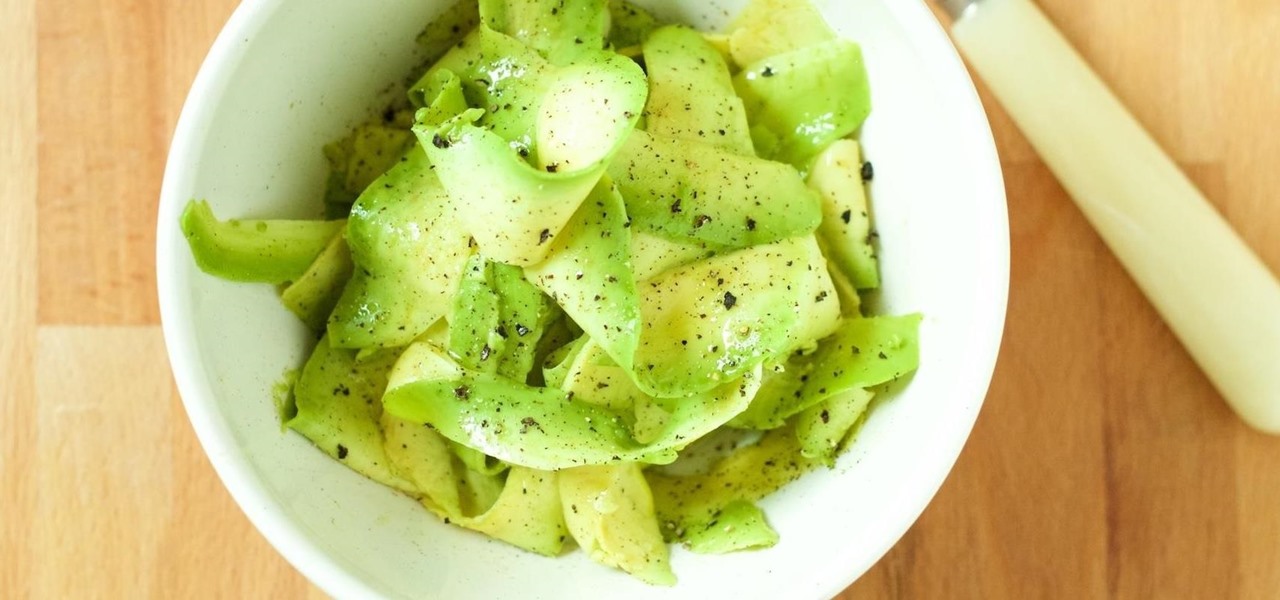
Avocados have been the darling of the food world for quite some time now—so you'd think that we might have already exhausted the ways in which to enjoy this amazing fruit.
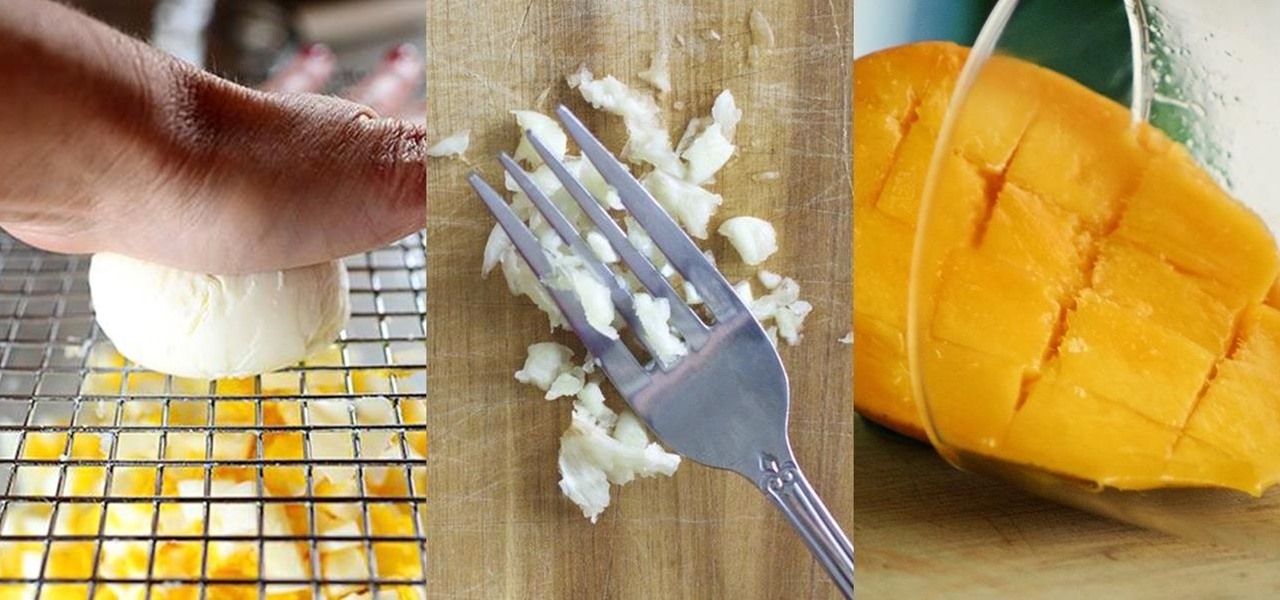
Knives are among the most important utensils in any kitchen; it's hard to even conceive of cooking a decent meal without them. However, many different foods can be prepped without a knife, and some are actually better off without one. If you don't believe me, then check out these 10 creative methods for chopping, peeling, mincing, and slicing knifeless.
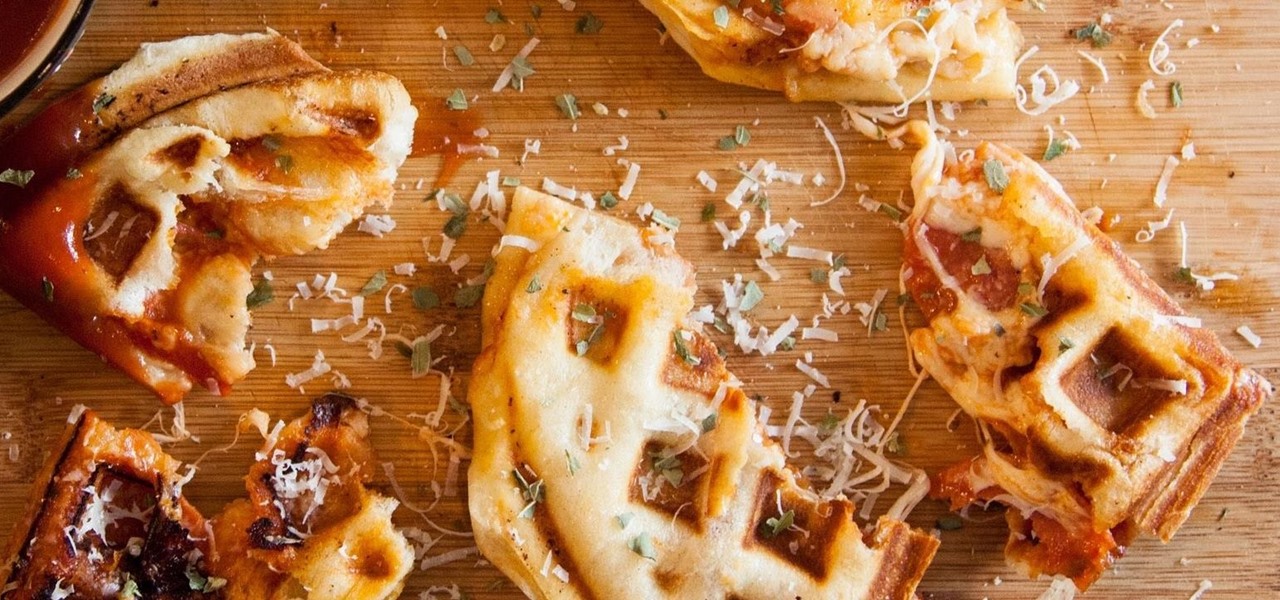
Chicken and waffles are so yesterday. Well... it's not that we won't always love them, but it's time to move on to bigger and better things, such as the pizza waffle.
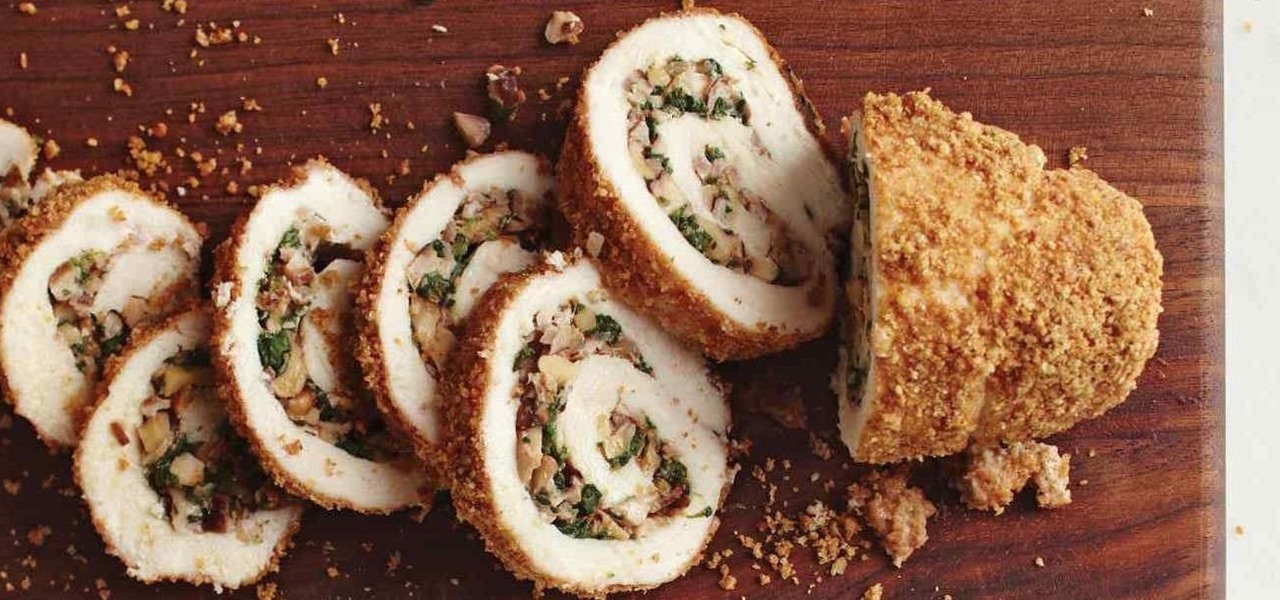
Plastic wrap is, arguably, man's greatest invention—or at least, the 2000 Year Old Man thought so. Its primary use is to protect food from getting dried out in the fridge or on the counter; but if that's all you're only using it for, you're missing out.
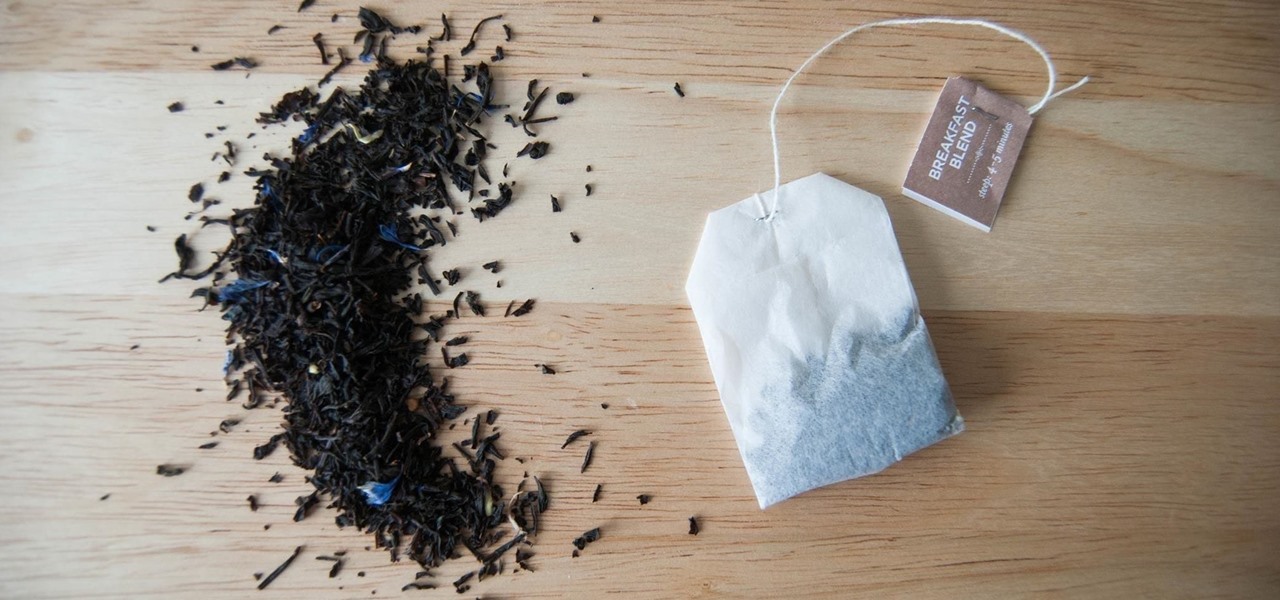
A cup of ginger tea with lemon first thing in the morning, a pick-me-up cup of green tea (or matcha) to fight off the afternoon slump and a soothing cup of chamomile tea to help me unwind before bed—I would be lying if I said I weren't a major tea enthusiast.
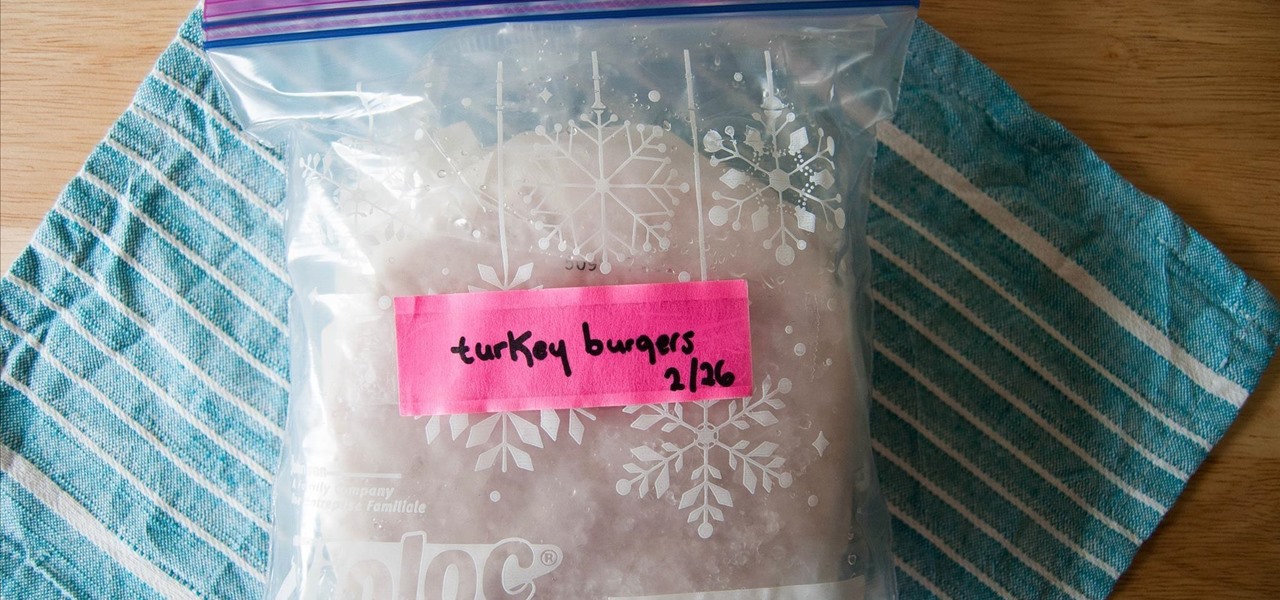
Frozen meat is a saving grace for weeknight meals. Whenever I crave a certain protein, all I need to do is defrost it. Sometimes, I don't even need to defrost it in order to use it.
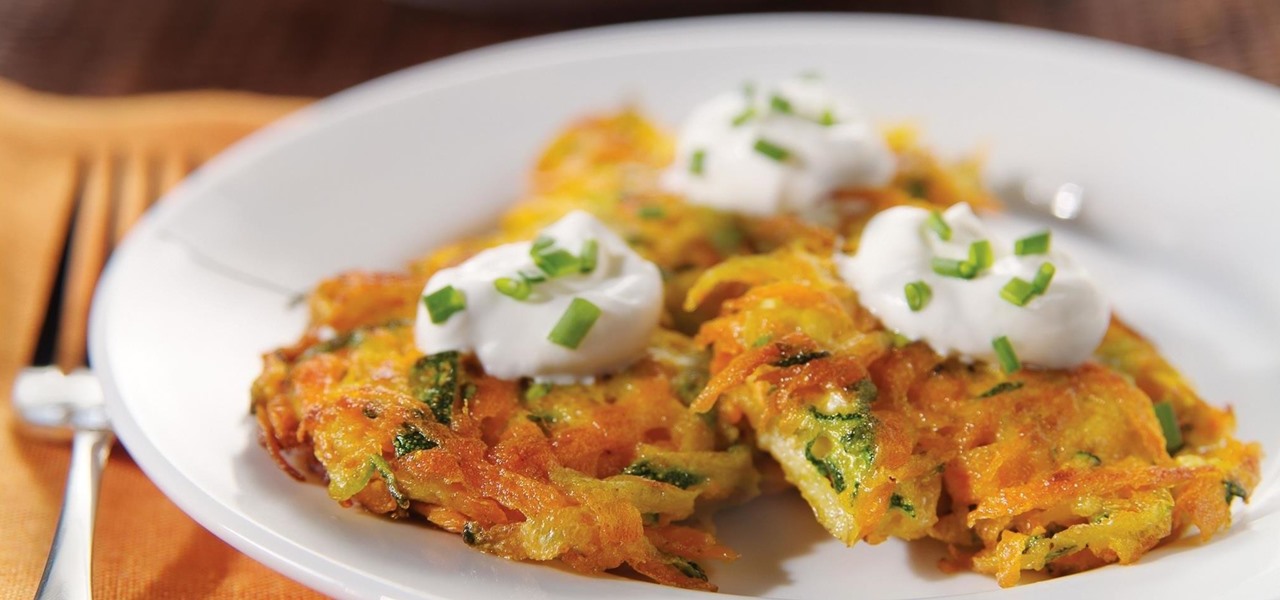
Unquestionably, one of the best parts of Hanukkah is the prevalence of latkes during the 8-day celebration. But even the most dedicated spud fanatic can get a little "latke'd out" as the week drags on. Here are some alternative preparations for latkes that will give you some variety in your celebratory food choices throughout the Hanukkah season.
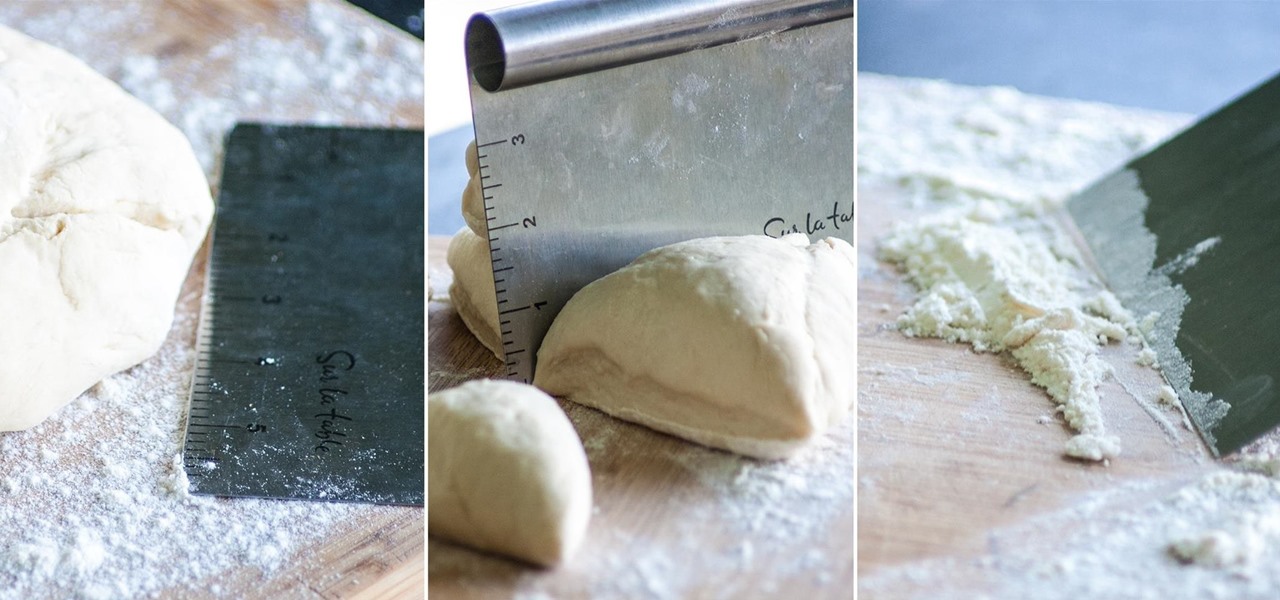
I have a lot of favorite kitchen tools. My seven-inch Global chef's knife is my baby. My pasta maker is my dance partner on any given Friday night. My girlfriend's stand mixer is my favorite toy in the apartment.
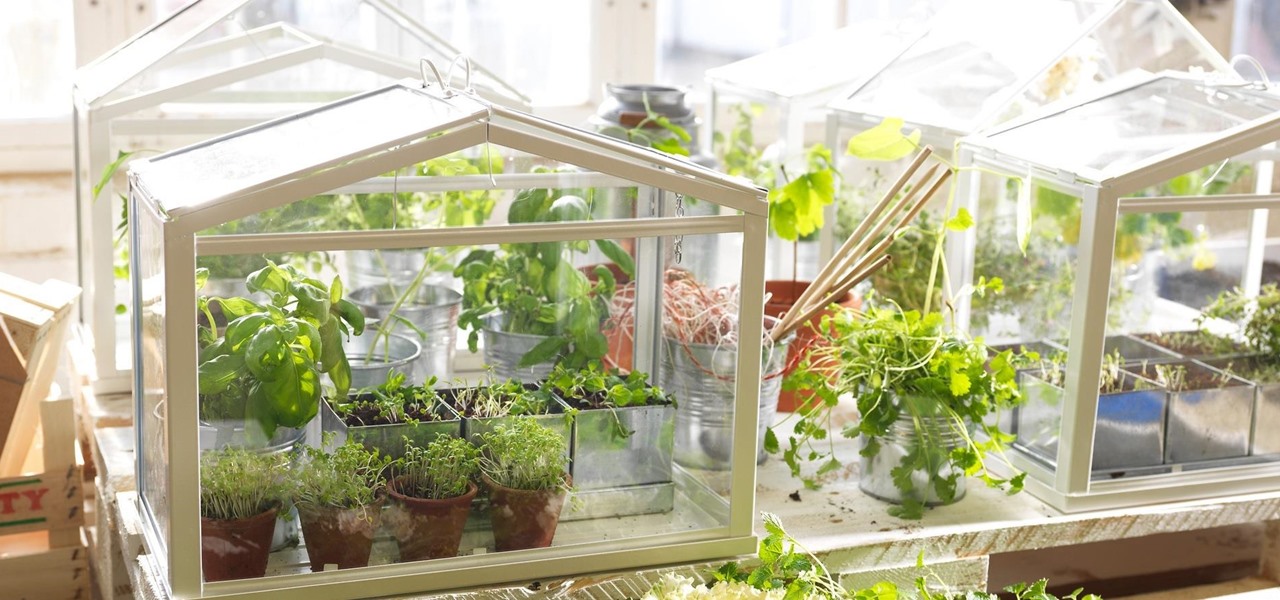
Here at Food Hacks, we're very fond of finding ways to regrow food. That means taking things like carrot tops and leftover bits from garlic, onions, chives, and other herbs and aromatics to create mini reusable herb gardens.
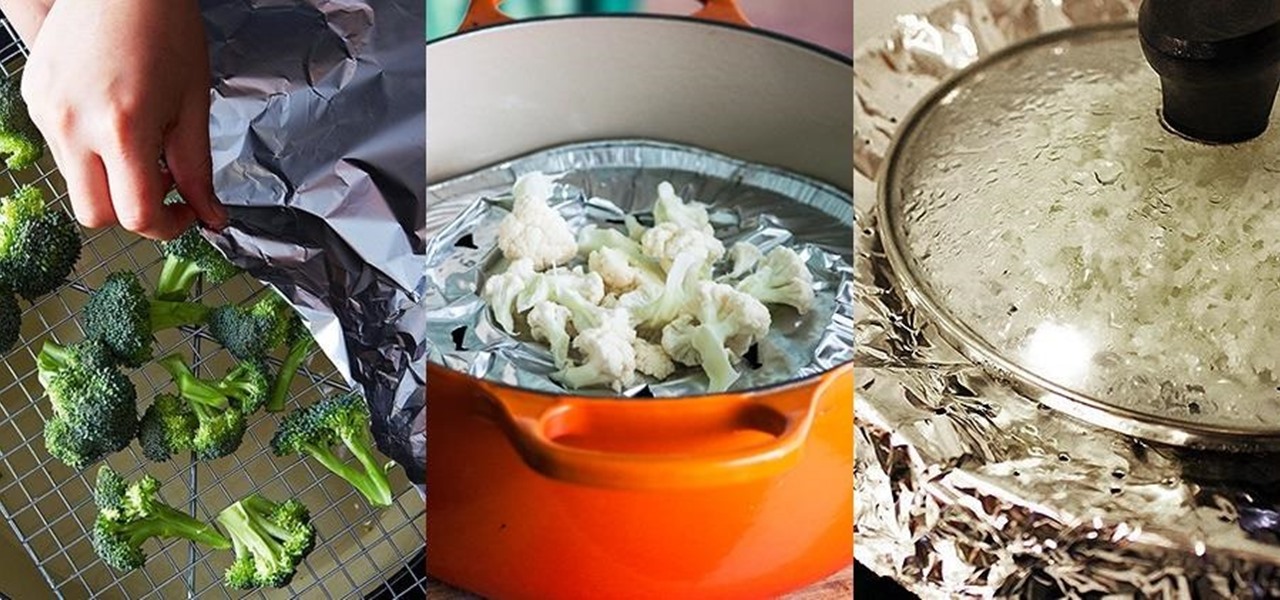
I'm not a big fan of single-use tools, especially ones that don't get used particularly often. And I'm especially not a big fan of seldom used single-use tools that take up a large amount of space.
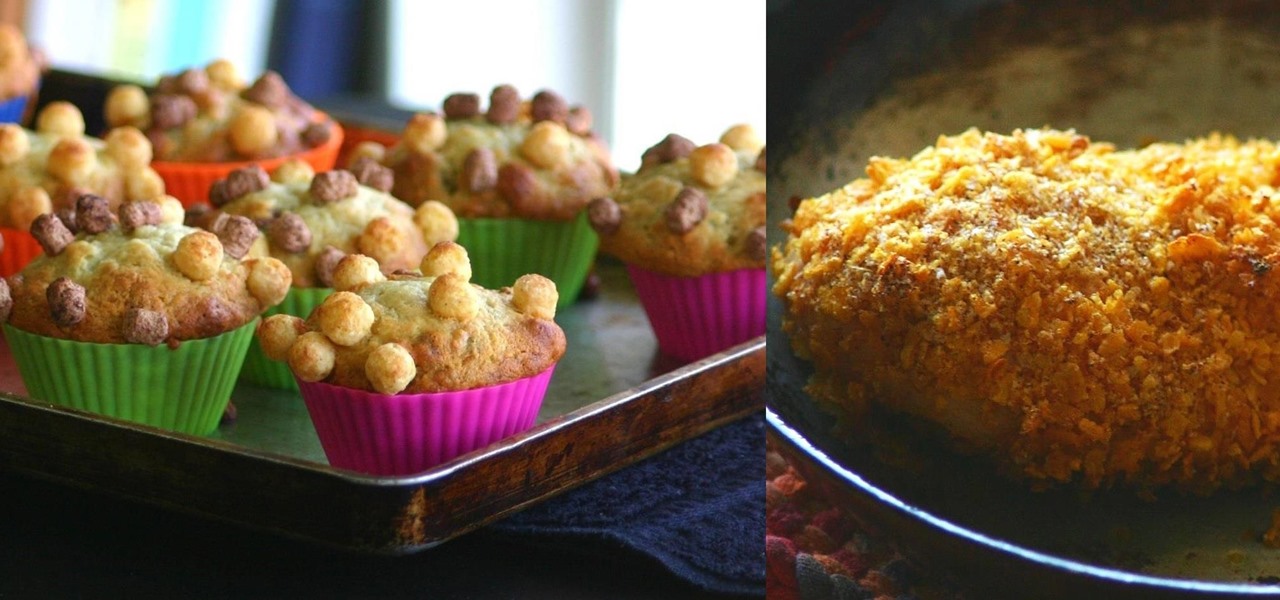
It happens to even the most avid cereal eaters: sooner or later you open a box, unfurl the crinkled plastic bag, and find that the cereal inside is stale. Maybe you forgot about it, maybe you ate it too slowly, or maybe you just found a new, better cereal and left it behind like Andy left Woody. Either way, the crunchy goodness is now stale, and you grab the box and walk to the trash can. Stop!
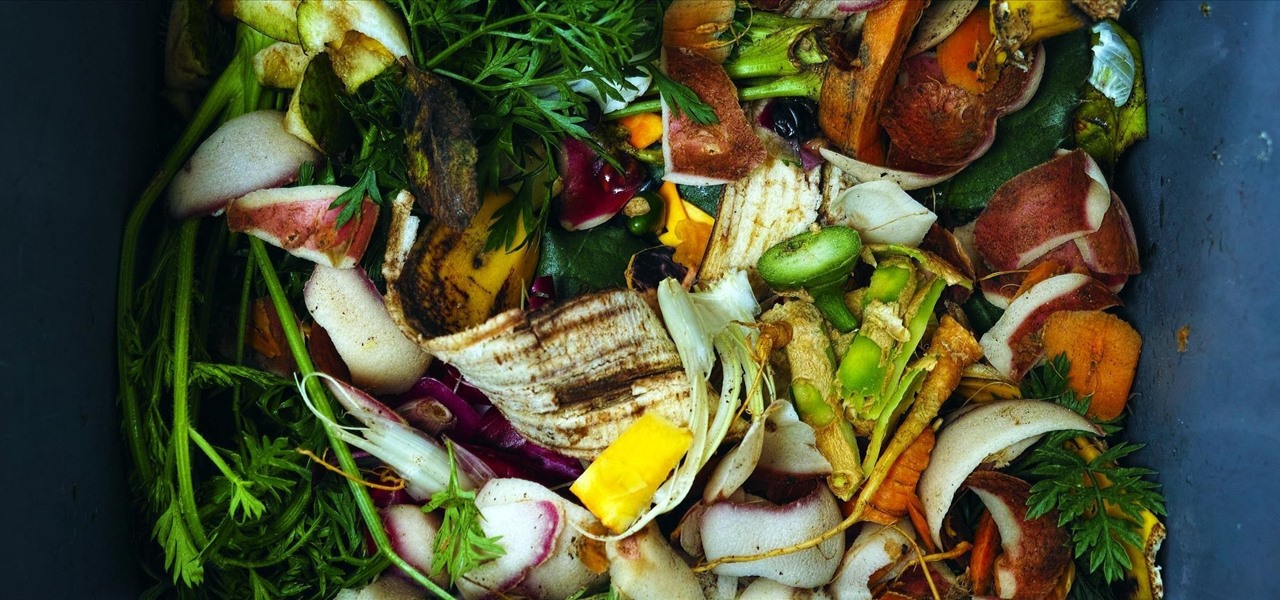
Food waste is a topic near and dear to my heart, but the truth is, no matter how dutiful we are about finding ways to double-down on food scraps, a lot of stuff goes into the trash needlessly.

There are tons of greasy drippings that can be used to flavor up any dish, but none will ever be more delicious than animal fat. The bigger and fatter the animal, the juicier and tastier their fat is. For those of you who have had your fill of bacon-anything, here's your next obsession. It's called caul and its very existence will divide those that are serious about their animal fat flavoring from the pretenders.